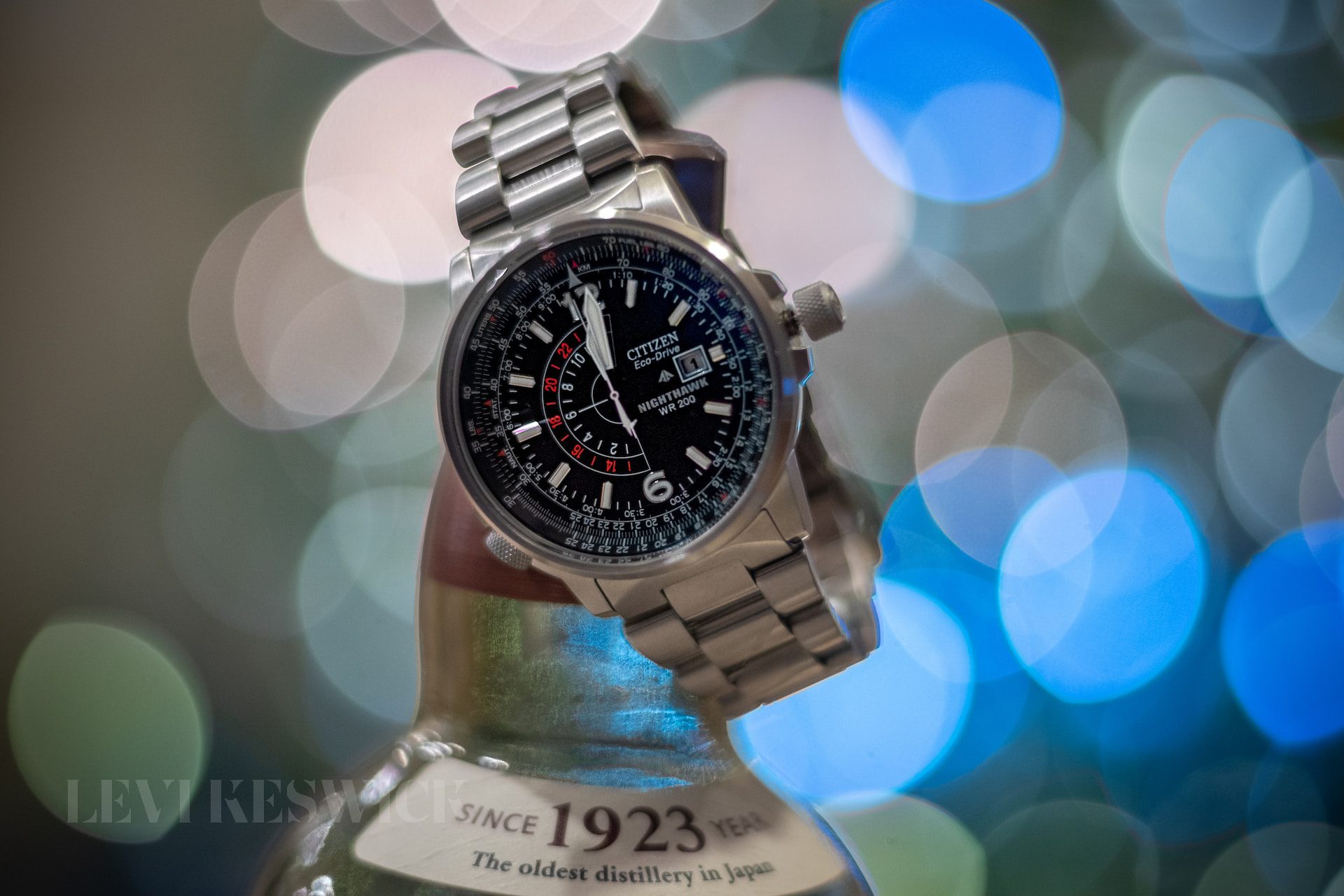Key Takeaways:
- Vintage aviator watches are steeped in a rich history, dating back to the early 20th century when they played a crucial role in aviation.
- The vintage aviator watch genre is incredibly diverse, ranging from minimalist designs focusing on legibility to complex watches filled with various scales and complications.
- Iconic brands, such as Cartier, Zenith, IWC, and Breitling, have contributed to the legacy of vintage aviator watches, creating unique, timeless designs.
- Despite modern technology surpassing the functional necessity of these watches, the fascination with vintage aviator watches endures due to their historical significance and aesthetic appeal.
The Skyward History of Vintage Aviator Watches
Vintage aviator watches bear witness to a century of aviation triumphs and tribulations. From the daring exploits of early aviators to the high-tech cockpits of modern commercial airlines, these watches have been a constant companion to pilots. The fascination with vintage aviator watches is driven by the sense of adventure they evoke and their storied past.
The first aviator wristwatch was conceived by Cartier in 1904, a time when wristwatches were primarily associated with women. Created for pioneer aviator Alberto Santos-Dumont, this watch, known as the Cartier Santos, holds the double honor of being the first men’s wristwatch and the first pilot’s watch.
Iconic Brands and Their Contributions to Vintage Aviator Watches
Cartier Santos: The Dawn of Aviator Watches
The Cartier Santos does not boast the common traits found in other pilot watches, such as an emphasis on legibility or a multitude of scales. However, its influence is profound, particularly in the realm of dress watches and the evolution of wristwatches as a whole.
Zenith: The Blend of Tradition and Aeronautics
The early 1900s witnessed the emergence of Zenith as a major contributor to the vintage aviator watch landscape. Zenith watches, with their oversized Arabic numerals, cathedral hands, fluted bezel, and a sizable crown, became a defining representation of early aeronautically oriented timepieces.
IWC and the Birth of Flieger Type A
During the 1940s, IWC, along with A. Lange & Söhne, Wempe, Laco, and Stowa, introduced Flieger Type A, created specifically for the German air force. Distinguished by its simple design, this watch was a beacon of legibility, with an easily readable dial and a large crown for operation while wearing gloves.
Breitling Navitimer: Complexity Meets Aviator Watches
Breitling took a different path with the Navitimer, released in 1954. While most aviator watches stressed minimalism, the Navitimer featured a face crowded with scales and dials, a design reflecting the complexity of a cockpit. It was developed for the Aircraft Owners & Pilots Association and remains a distinctive piece within the world of vintage aviator watches.
The Enduring Allure of Vintage Aviator Watches
While today’s pilots rely more on digital technology than wristwatches, and most wearers of aviator watches are not aviators, the allure of vintage aviator watches endures. The blend of historical significance, aesthetic appeal, and craftsmanship contribute to their timeless attraction.
These watches are more than just time-telling devices; they serve as historical markers, tracing the progress of aviation through the past century. Each model, from the earliest Zenith watches to the complex Breitling Navitimer, tells a unique story, a testament to the epoch it was born in and the pilots it served.
In the modern age, where precision timekeeping is available on every smartphone, the allure of vintage aviator watches goes beyond function. Collectors and enthusiasts are drawn to these pieces as symbols of a bygone era, artifacts of history that continue to inspire with their tales of daring aviators and epoch-making flights.
From the arm of the early pilot braving the unknown heights to the display cabinet of a modern collector, vintage aviator watches continue to captivate, a testament to their timeless appeal and enduring legacy.








